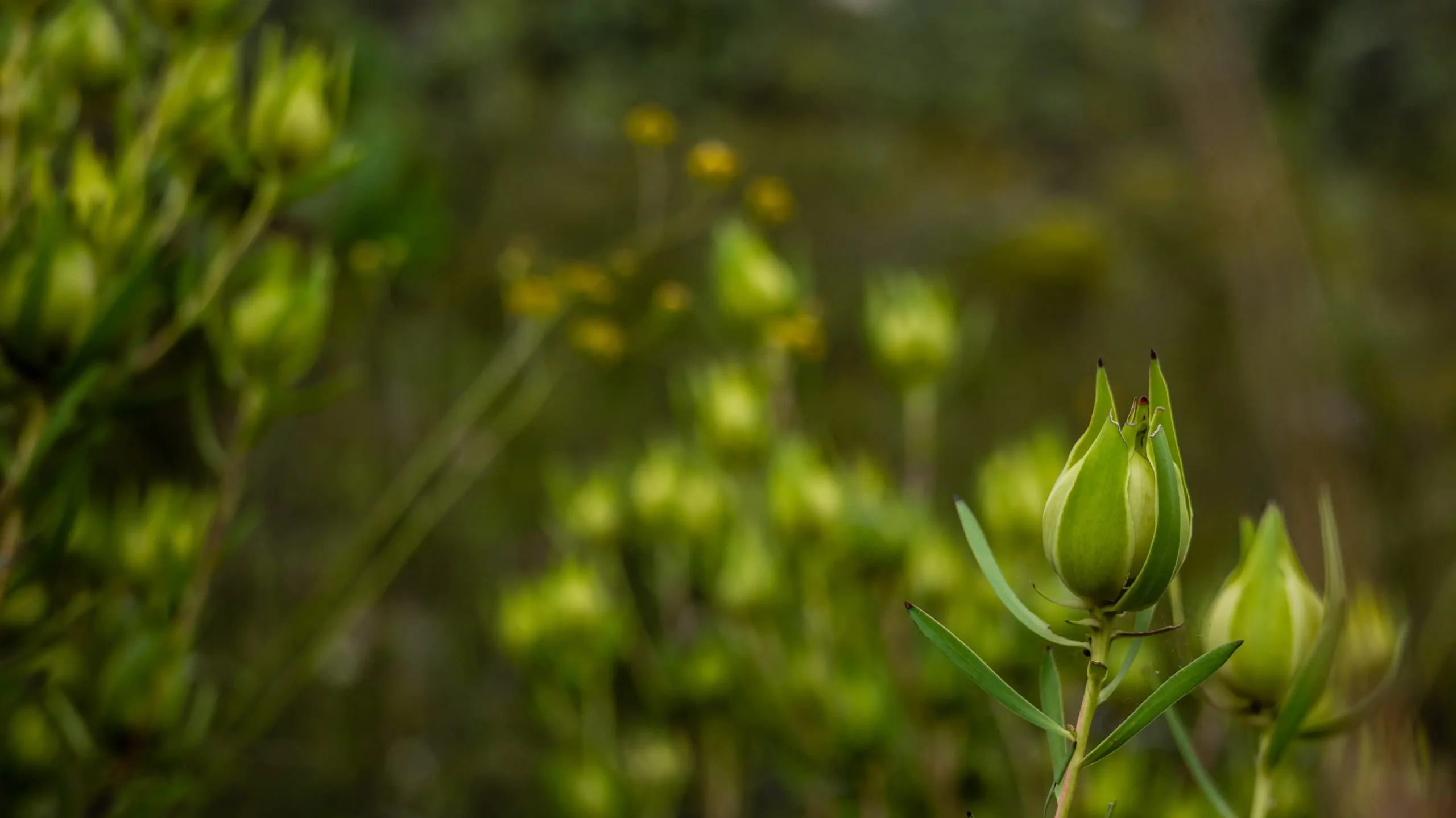Physical Address
Plot 123 Kampala, Uganda


Introduction Desertification, which affects around 45 percent of Africa’s land, is a growing concern with significant environmental and socio-economic impacts. The Regreening Africa initiative, spanning Ethiopia, Ghana, Kenya, Mali, Niger, Rwanda, Senegal, and Somalia, aims to restore 5 million hectares of land by 2030. This effort boosts biodiversity and supports local communities by leveraging local knowledge and resources to ensure context-appropriate interventions.
Uganda’s Environmental Context While Uganda is not officially part of the Regreening Africa initiative, it faces environmental challenges, including deforestation and land degradation. Uganda’s forest cover has decreased from 24% in 1990 to 9% in 2015 due to agricultural expansion, logging, and settlement. Recognizing these issues, Uganda has launched reforestation and land restoration projects.
Saudi Arabia’s Environmental Initiatives In contrast, Saudi Arabia, located in one of the most arid regions of the world, has embarked on ambitious projects to combat desertification and promote environmental sustainability. The Saudi Green Initiative aims to plant 10 billion trees within the country and rehabilitate vast tracts of degraded land. This initiative is part of Saudi Arabia’s Vision 2030, which includes significant investments in renewable energy and sustainable development.
Comparative Analysis
Challenges and Opportunities
Conclusion The Regreening Africa initiative and Saudi Arabia’s environmental projects highlight different approaches to combating desertification and promoting sustainability. While Africa’s efforts are characterized by community involvement and local knowledge, Saudi Arabia’s approach is marked by large-scale funding and technological innovation. Both regions can learn from each other’s experiences to enhance their environmental initiatives and create a more sustainable future.